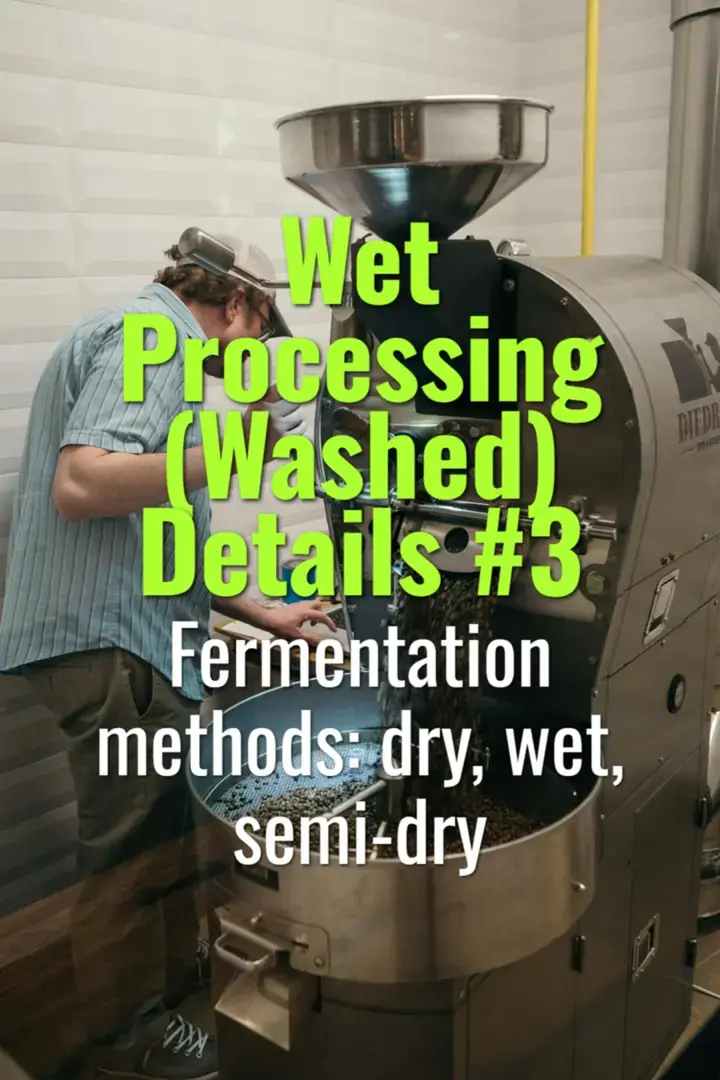
Fermentation methods: dry, wet, semi-dry
This topic explains the three main fermentation methods used in washed coffee—dry, wet, and semi-dry—how they differ, their effects on processing efficiency, and their influence on flavor outcomes.

This topic explains the three main fermentation methods used in washed coffee—dry, wet, and semi-dry—how they differ, their effects on processing efficiency, and their influence on flavor outcomes.
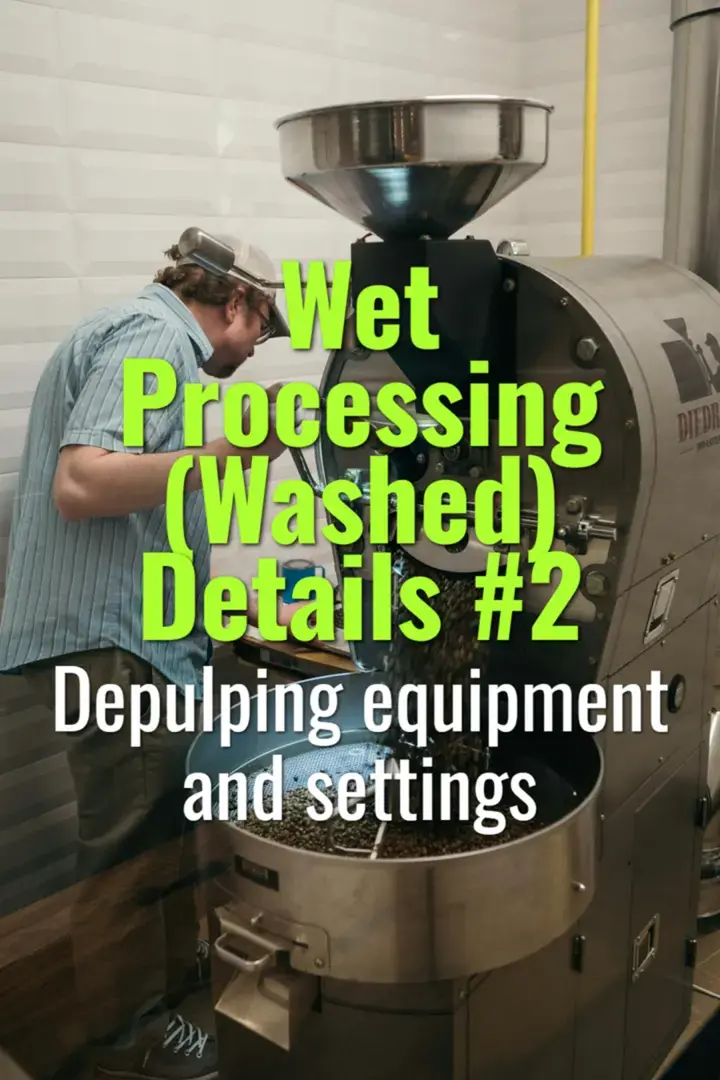
This topic covers the equipment and settings used in depulping coffee cherries, how the process works, and why calibration is essential for quality and efficiency in washed coffee processing.
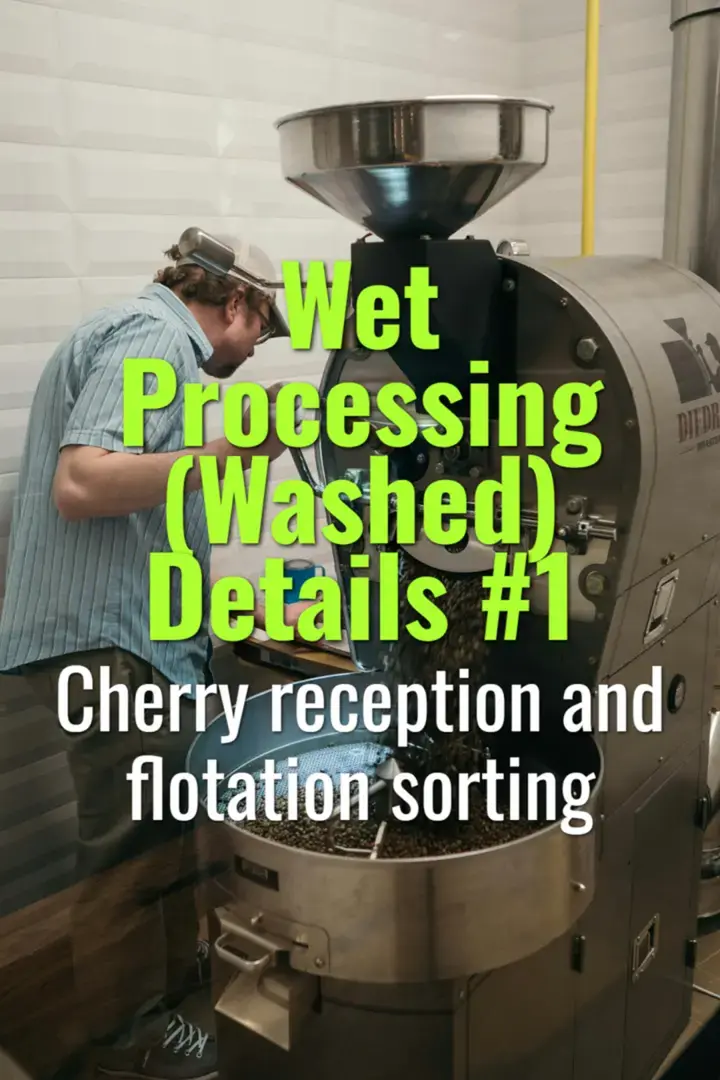
This topic explains the first steps in washed coffee processing—cherry reception and flotation sorting—detailing how farmers ensure only ripe, quality cherries move forward in the process.
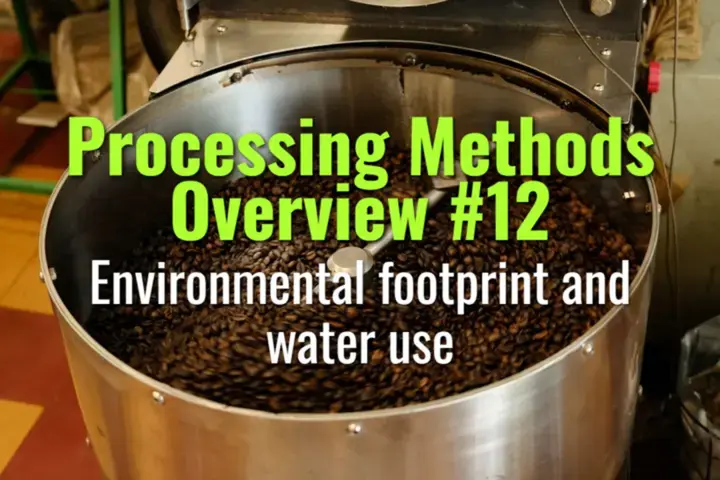
This topic explores the environmental impacts of different coffee processing methods, focusing on water use, waste management, and strategies to reduce the ecological footprint of processing.
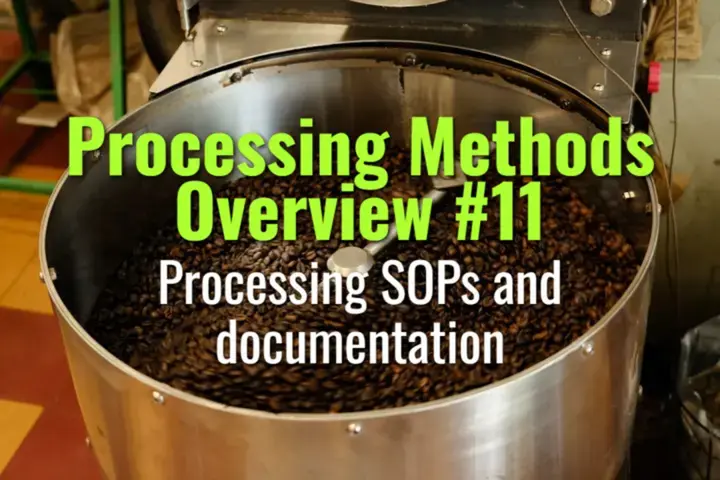
This topic explains the role of standard operating procedures (SOPs) and documentation in coffee processing, showing how they ensure consistency, traceability, and quality control across farms and mills.
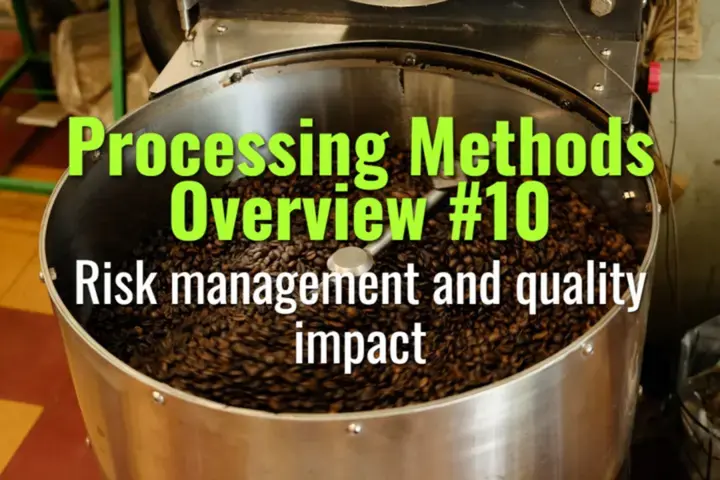
This topic explains the risks involved in coffee processing, how they affect quality, and the strategies producers use to minimize defects while maximizing flavor potential.